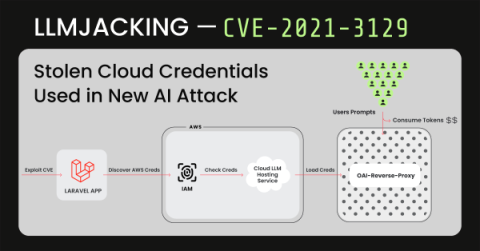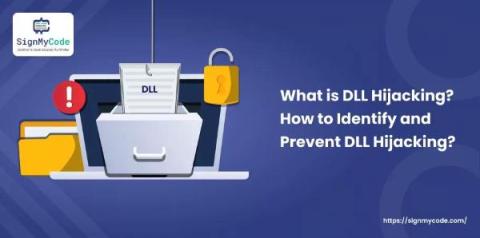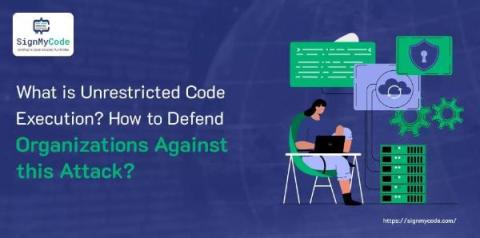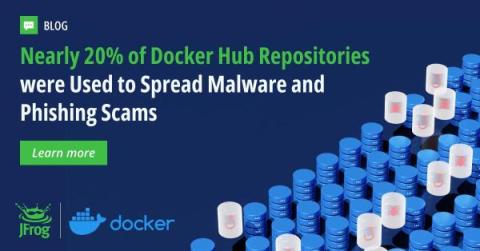Verizon Data Breach Investigations Report 2024 Review
As with every year, the Verizon DBIR is released, with data involving more than 10,000 breaches that have been dissected and used to create the report’s baseline. Cyberint’s Research team inspected the document to understand where the cyber security realm is heading, the important trends in data breaches and incidents, and what we need to look for moving forward in 2024.











